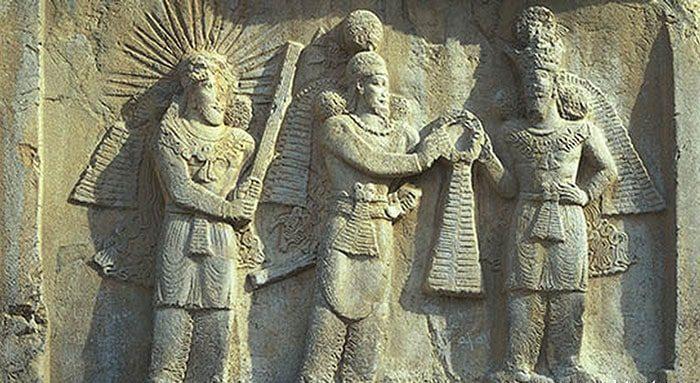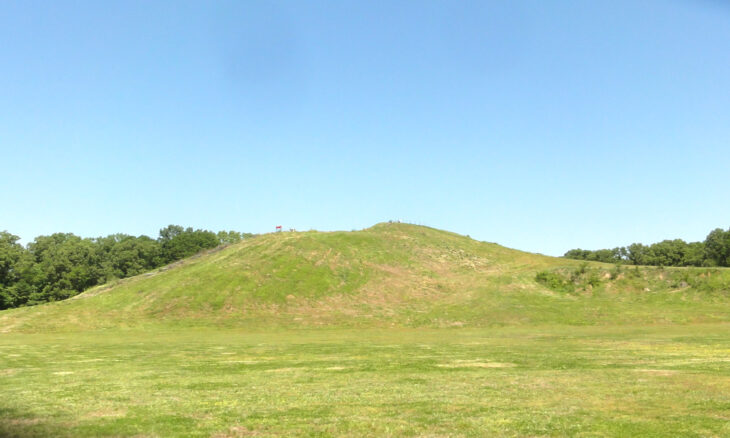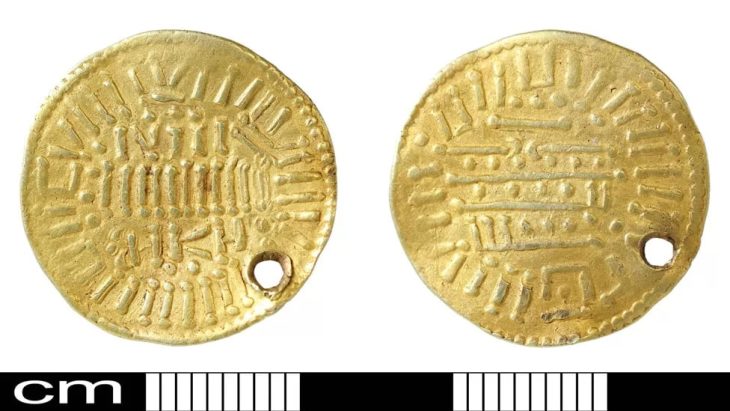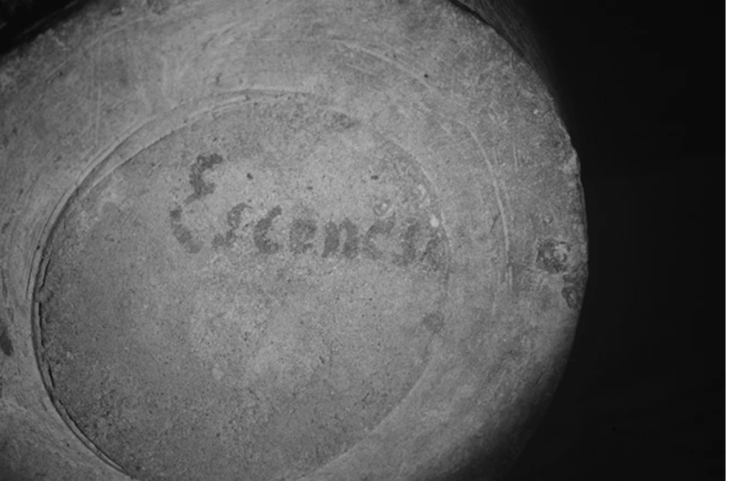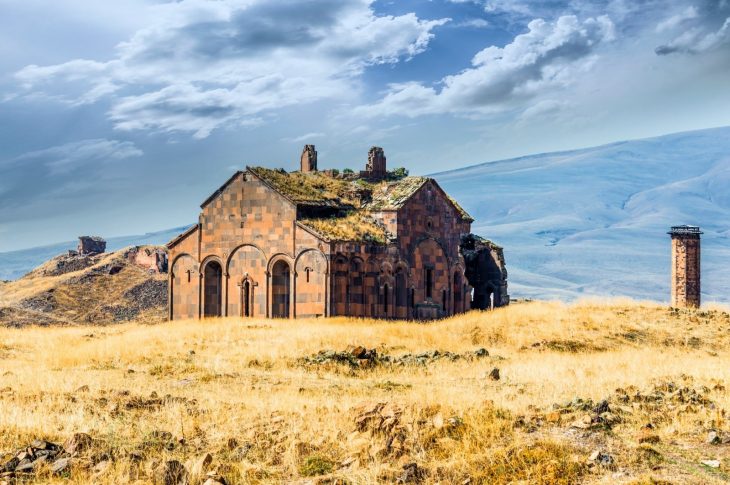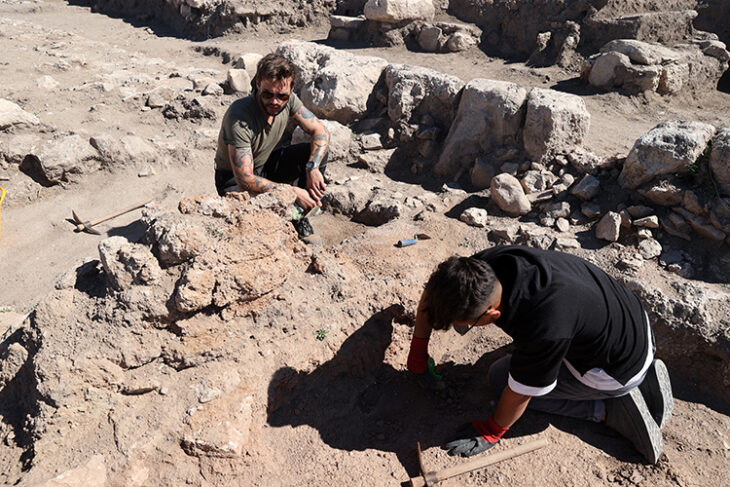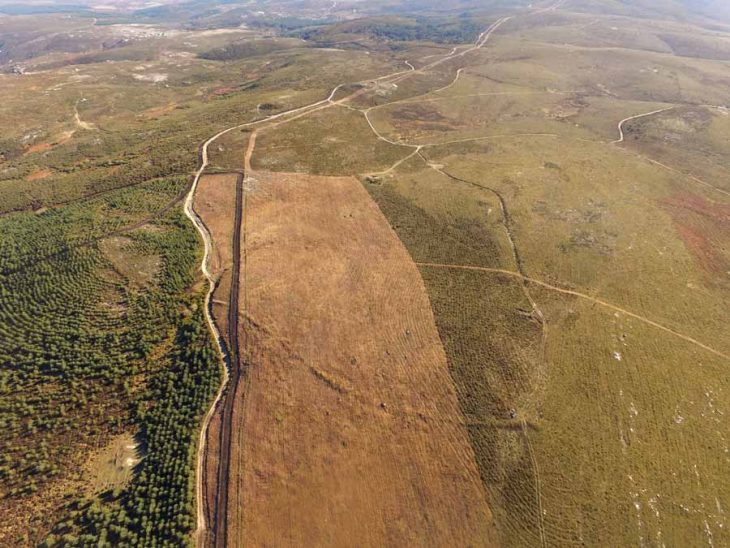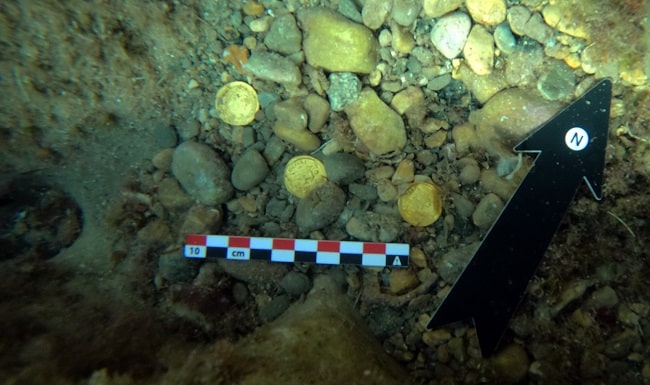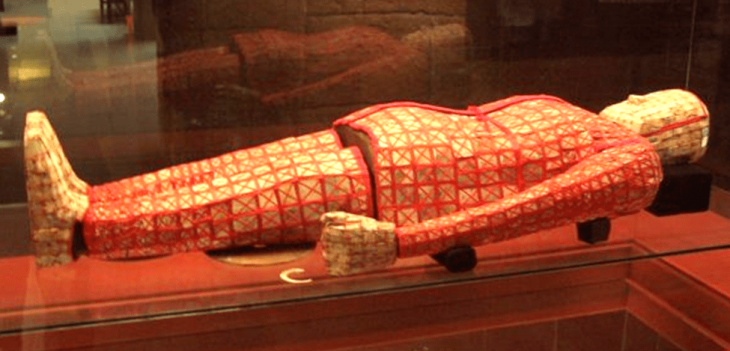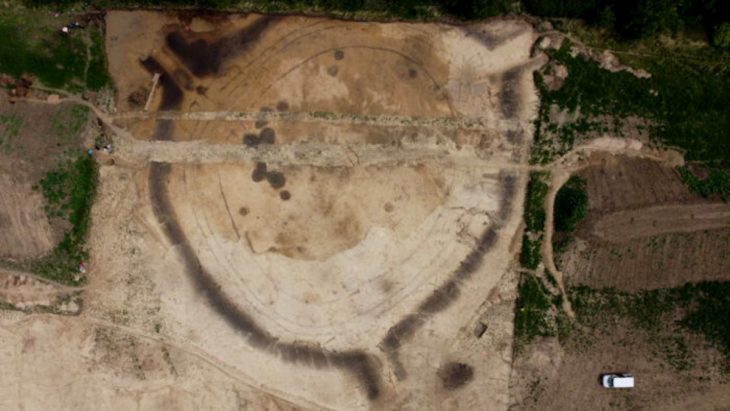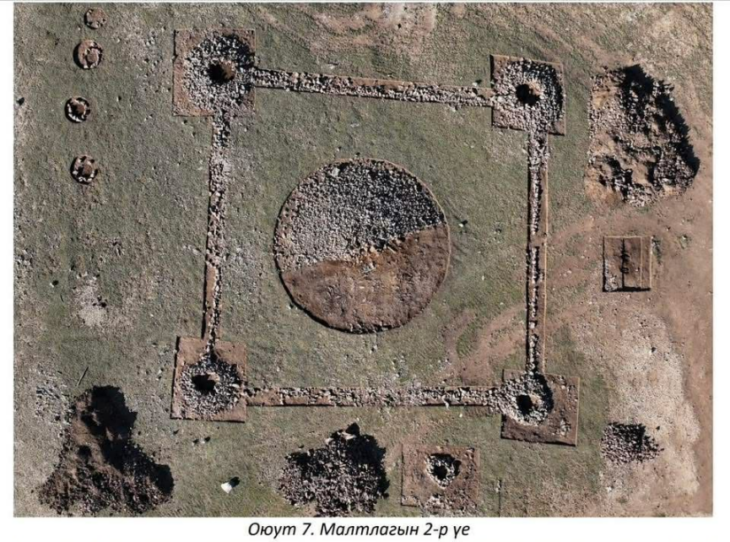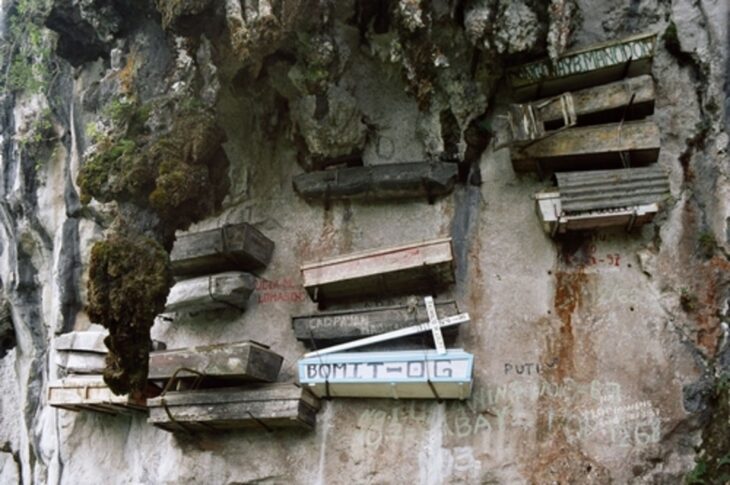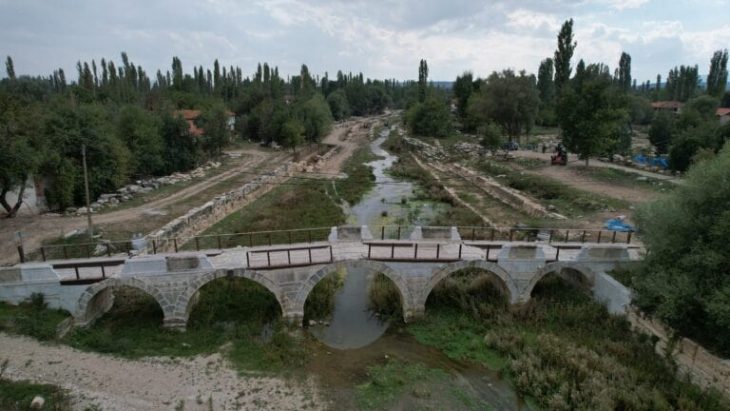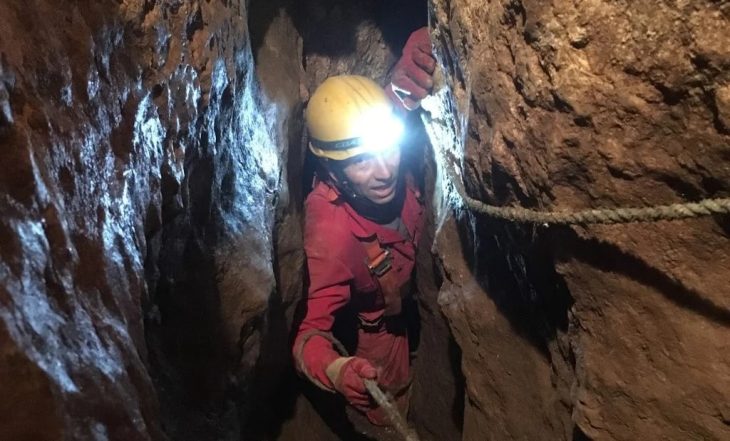A restoration project has been commenced on the ancient temple of Anahita, which is located in the city of Kangavar, western Iran.
The Temple of Anahita is located in the middle of Kangavar City, Kermanshah province, on the road from Hamedan to Kermanshah. This monument is constructed on a natural hill that rises to a maximum height of 32 meters above the surrounding terrain.
“After 20 years of silence in the Anahita Temple, a restoration project has begun on the southwestern side of this historical sanctuary,” Morteza Geravand, the director of the ancient site, announced on Tuesday.
In this part of the temple, there are four rows of 12-meter-long walls, the restoration of which is on the agenda, the official said.
“The restoration work has started on the south side of the temple from the first-row stairs with a length of 12 meters and we have placed some of the stones and capitals in place inside these stairs,” the official explained.
📣 Our WhatsApp channel is now LIVE! Stay up-to-date with the latest news and updates, just click here to follow us on WhatsApp and never miss a thing!!
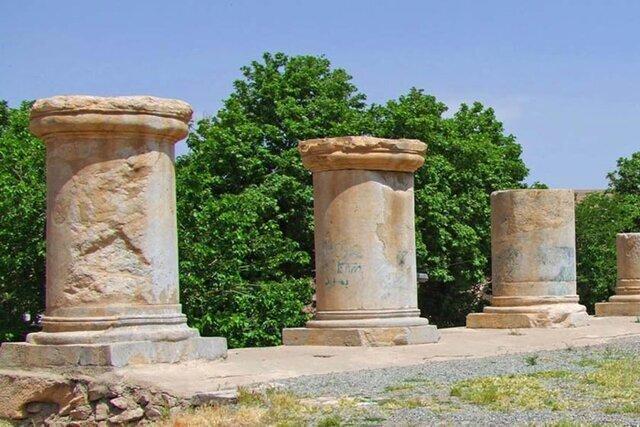
The Anahita Temple is the name of one of two archaeological sites in Iran popularly thought to have been attributed to the ancient deity Anahita. The larger and more widely known of the two is located at Kangavar in Kermanshah province. The other is located at Bishapur of the southern Fars province.
The architecture of this temple is similar to that of palaces and temples erected in western Iran during the Achaemenian era (550 BC to 330 BC). Large chunks of stone are chopped and fashioned into rock blocks. They are stacked on top of one another, and their shape leads them to interlock to form a mountainside wall or platform.
Anahita, which means “clean and uncontaminated,” was the goddess of water, the protector of springs and rain, and a symbol of fertility, love, and friendship in ancient Iranian mythology.
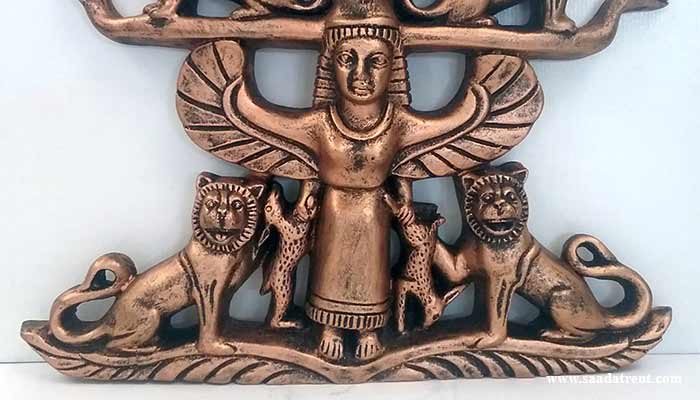
Possibly of Mesopotamian origin, her cult was made prominent by Artaxerxes II, and statues and temples were set up in her honor throughout the Persian empire.
This concept has existed in Iran since before Zoroaster and has been the focus of concern in subsequent centuries. Numerous temples and statues have been built in Iran before Islam in respect of this Iranian goddess. Furthermore, in the honor of this goddess, Pol-e Dokhtar and Qal’eh Dokhtars that have been erected across Iran have taken the name “Dokhtar.”
Anahita monuments (temples and inscriptions) may still be found at Hamedan, Shush, Kazerun, Azerbaijan, Kermanshah, and Kangavar. The Temple of Anahita in Kangavar is Iran’s most renowned Anahita temple. The height of its columns to their diagonals is three to one, making it unique and incomparable among all temples in the globe. The Temple of Anahita is the second stone building in Iran after Persepolis. The architectural style of this monument is of Arsacid style.
The temple’s columns have comparable shapes and sculptures to those seen at Persepolis and the Palace of Darius in Shush. This temple was erected in honor of “Ardevisur Anahita,” the female guardian angel of waterways. It is referred to as the “Temple of Anahita.”
This monument was registered among the national monuments in 1310 (1931) with the number 31.
Source: Tehran Times

